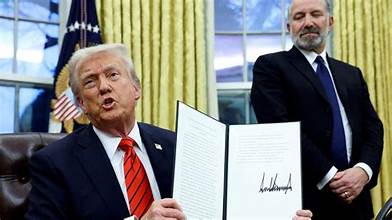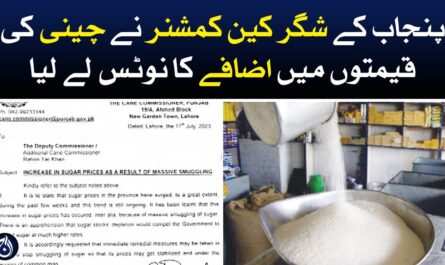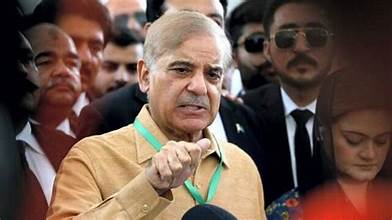In an economy like Pakistan’s, where foreign trade and remittances play a vital role, keeping track of currency exchange rates is crucial for both businesses and individuals. Whether you’re an importer, exporter, overseas Pakistani, or a regular traveler, the value of foreign currencies against the Pakistani Rupee (PKR) directly impacts your financial decisions. As of August 4, 2025, the latest exchange rates reflect subtle but important shifts in both interbank and open market trends.
The Role of Exchange Rates in Pakistan’s Economy
Exchange rates serve as a barometer of a country’s economic stability. For Pakistan, where external debt, oil imports, and expatriate remittances significantly influence economic performance, even minor fluctuations in currency rates can affect inflation, purchasing power, and overall growth.
A stronger dollar, for instance, raises the cost of imported goods such as oil, machinery, and raw materials. Conversely, a stable or appreciating rupee can ease inflationary pressures and improve the trade balance. The performance of other major currencies like the Saudi Riyal (SAR), UAE Dirham (AED), British Pound (GBP), and Euro (EUR) also matters greatly, especially for overseas workers and multinational businesses operating within Pakistan.
Interbank and Open Market Rates Explained
Pakistan has two commonly referenced exchange rate systems:
- Interbank Rate: This is the official rate set by the State Bank of Pakistan (SBP) and is used primarily for large transactions between banks and government institutions.
- Open Market Rate: These are the rates offered by currency dealers and exchange companies. This is the rate most commonly encountered by the general public when buying or selling foreign currencies.
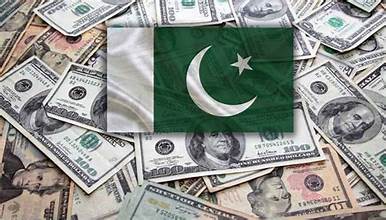
U.S. Dollar (USD) – A Close Watch
As of August 4, 2025, the U.S. Dollar remains the most closely monitored foreign currency in Pakistan.
- Interbank Rate: The USD is trading at around ₨283.25.
- Open Market Rate: The dollar is slightly higher at ₨285.25, with slight variations across regions and dealers.
The marginal gap between the interbank and open market rates suggests relatively low volatility. The USD to PKR rate had fluctuated mildly in recent weeks, mostly due to international oil price movements, IMF disbursements, and local market sentiments.
Saudi Riyal (SAR) and UAE Dirham (AED)
The currencies of Gulf Cooperation Council (GCC) countries are of particular interest in Pakistan due to the high volume of remittances from the Middle East.
- SAR: As of today, the Saudi Riyal is valued at around ₨75.35.
- AED: The UAE Dirham is trading close to ₨76.95.
These currencies have seen slight dips compared to their rates earlier in the month, reflecting marginal appreciation in the PKR. For families reliant on remittances, such changes can influence their monthly budget planning.
Other Significant Currencies
- British Pound (GBP): The pound has maintained its strength and is trading around ₨364.40, largely influenced by international market conditions and economic activity in the UK.
- Euro (EUR): The euro is valued near ₨309.60, slightly down from last week’s levels.
- Canadian Dollar (CAD): The CAD has seen an increase, currently at ₨205.09, a reflection of stronger economic indicators from Canada.
- Kuwaiti Dinar (KWD): The strongest foreign currency, the KWD, is trading at a significant ₨924.56, showing a modest gain this week.
- Qatari Riyal (QAR): The QAR stands at ₨77.54, a slight decline from previous rates.
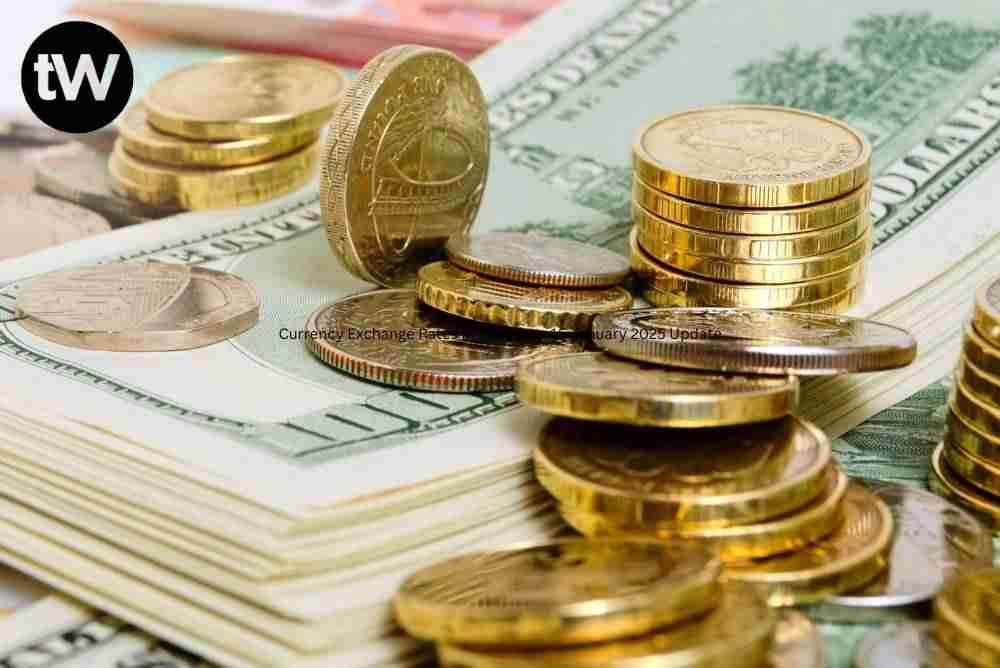
Implications for Consumers and Businesses
Currency rates affect more than just exchange counters. Here’s how:
- Importers must watch these rates closely as a weakening rupee makes importing goods more expensive.
- Exporters often benefit from a weaker PKR, as their goods become more competitively priced internationally.
- Students and travelers planning to move abroad face higher costs if the rupee depreciates against the dollar or euro.
- Investors and traders use forex trends as indicators of market stability and future opportunities.
What to Expect Going Forward
Currency trends are influenced by multiple domestic and international factors. With the global economy in a state of gradual recovery post-pandemic and amid geopolitical tensions, further shifts in oil prices, trade routes, and central bank policies may continue to affect currency exchange rates.
Domestically, Pakistan’s foreign exchange reserves, balance of payments situation, and any future agreements with international financial institutions like the IMF will also guide the rupee’s trajectory.
The Pakistani Rupee has shown a degree of resilience in recent weeks. However, given the historical volatility, it’s wise for businesses and individuals to monitor rates regularly, consult with financial experts, and hedge currency risks where possible.
Final Thoughts
Staying informed about daily exchange rate movements isn’t just a concern for bankers or economists—it directly impacts the financial wellbeing of ordinary citizens, from shopkeepers to students studying abroad. As of August 4, 2025, the rupee remains relatively stable, but ongoing economic and geopolitical developments will continue to influence its path. For now, cautious optimism prevails in the foreign exchange market.

